Air conditioning systems are used to maintain comfort in homes, offices, and commercial spaces, especially during the warmer months. They function by regulating the temperature and humidity, providing cool air when needed, and ensuring a pleasant indoor environment. The modern air conditioning unit has evolved from a simple cooling device into a complex system that can heat, cool, and even purify the air.
There are so many options available today that it becomes really hard to figure out which one would be the best for your needs. In this article, we will discuss various types of air conditioning systems, their features, and benefits to help you decide what suits your space and requirements.
1. Central Air Conditioning Systems
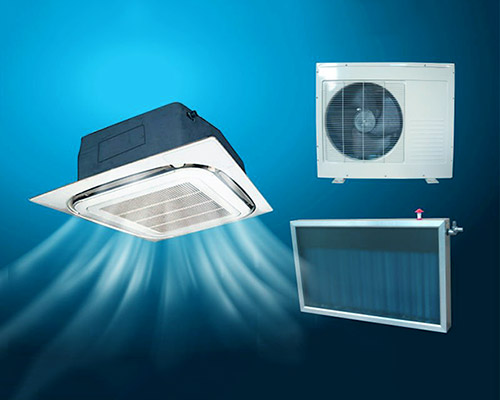
One of the most common and efficient ways to cool an entire building is central air conditioning. It uses a central unit that distributes cool air throughout the building through ductwork. It is composed of a compressor, condenser, evaporator coil, and air handler.
How it works: The compressor compresses the refrigerant gas, and then this refrigerant gas carries the heat all over the building, then lets out the hot air outside.
Advantages of central ACs: They deliver consistent cooling across the entire space by providing an evenly distributed temperature. These units are relatively quieter than any other room-type air conditioner unit. Moreover, it enhances the quality of the indoor air, filtering dust and allergens while removing other pollutant particles.
Considerations: The installation of central air can be expensive, especially if ductwork must be added. It is most suitable for large homes or buildings with multiple rooms.
2. Ductless Mini-Split Air Conditioners
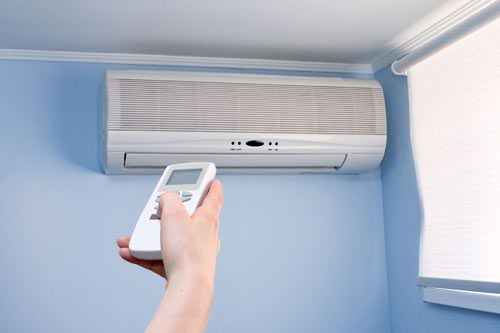
For homes or offices without ductwork, where ducts are impractical to install, a great option would be a ductless mini-split system. It involves an outdoor compressor with one or more indoor units distributing cool air directly into the room.
It operates by sending compressor and refrigerant to the outside through very thin tubing pipes to reach to indoor units where the incoming air is cooled down before being blown into the room. A remote control or a wall-mounted thermostat can control the system.
- The Benefits Ductless mini-split air conditioner units are the flexibility to selectively cool individual areas of a property. They require minimal installation for zero use of useless ductwork for their systems; also, as expected, relatively efficient and effective due to zoned cooling.
Considerations: Although mini-splits are more expensive than central AC, they may still require professional installation. Also, the indoor units are often visible, which some homeowners do not like aesthetically.
3. Window Air Conditioners
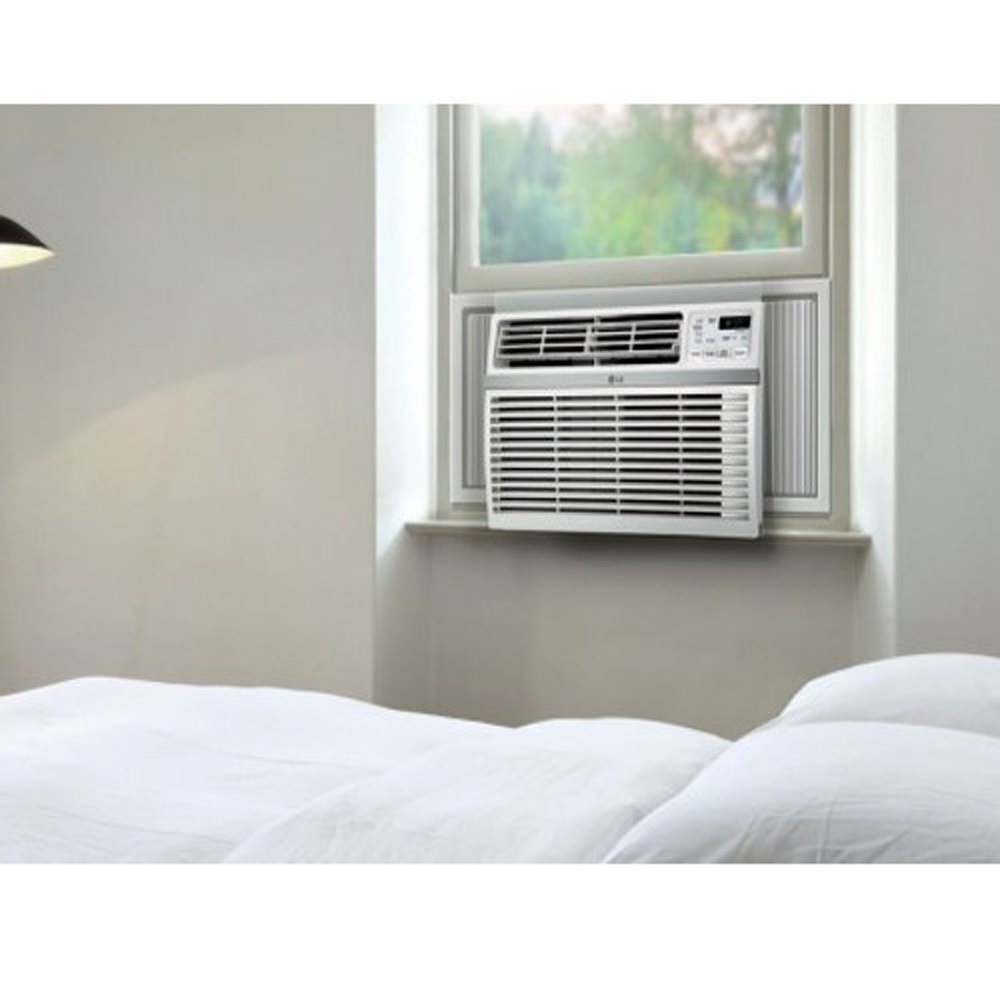
One of the oldest and easiest air conditioning types is a window air conditioner, installed in the window frame and fitted with an exterior condenser unit and interior evaporator coil along with the air handler.
How it works: The window AC draws in warm air from the room, cools it using the refrigerant, and then releases the cooled air back into the space. The heat is expelled through the exterior portion of the unit.
Advantages: They are neat, economical, and not hard to install; they are good for cooling one room or a small space. Besides, window air conditioners are relatively energy efficient if used in the right-sized space.
Considerations: On the down side, they obstruct the view or occupy some space on the window well. Besides, they are noisy, and proper sealing is needed to avoid air leaking.
4. Portable Air Conditioners
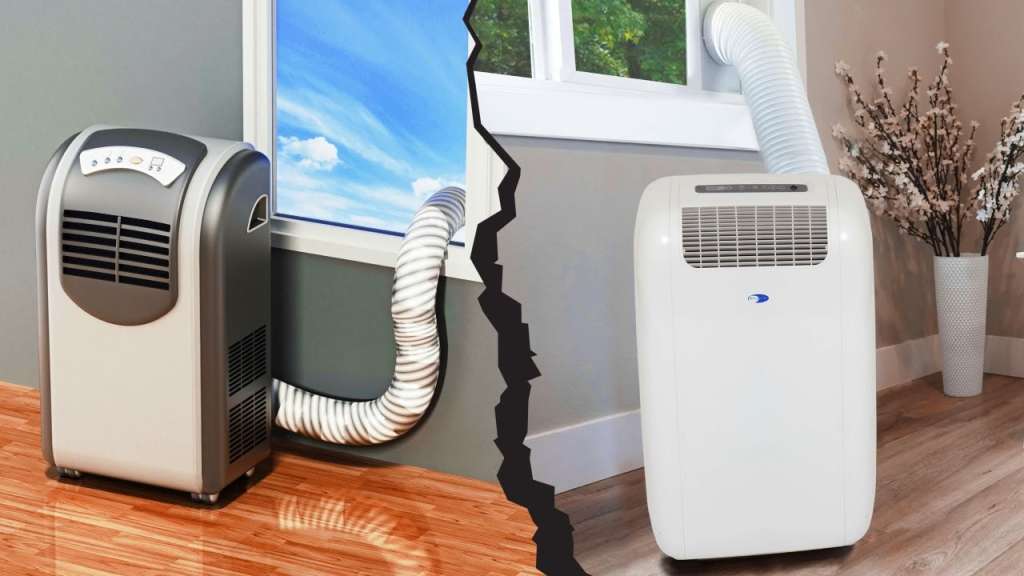
Portable air conditioners are self-contained, and able to be moved between rooms, offering flexibility in cooling different areas of your home or office. Many portable air conditioners will feature an exhaust hose that requires venting out through a window or another opening.
How it works: Portable air conditioners, like window units, use refrigerant to cool the air and expel heat. The difference is that these units can be moved easily, making them more versatile than window units.
Advantages: Portable AC units are ideal for renters or people who do not want to commit to permanent installation. They can be moved to different rooms as needed and are relatively easy to set up and operate.
Considerations: Despite their convenience, portable air conditioners tend to be less energy-efficient and may not cool large spaces effectively. They also tend to be noisier than other systems, and the exhaust hose can be cumbersome.
5. Evaporative Coolers (Swamp Coolers)
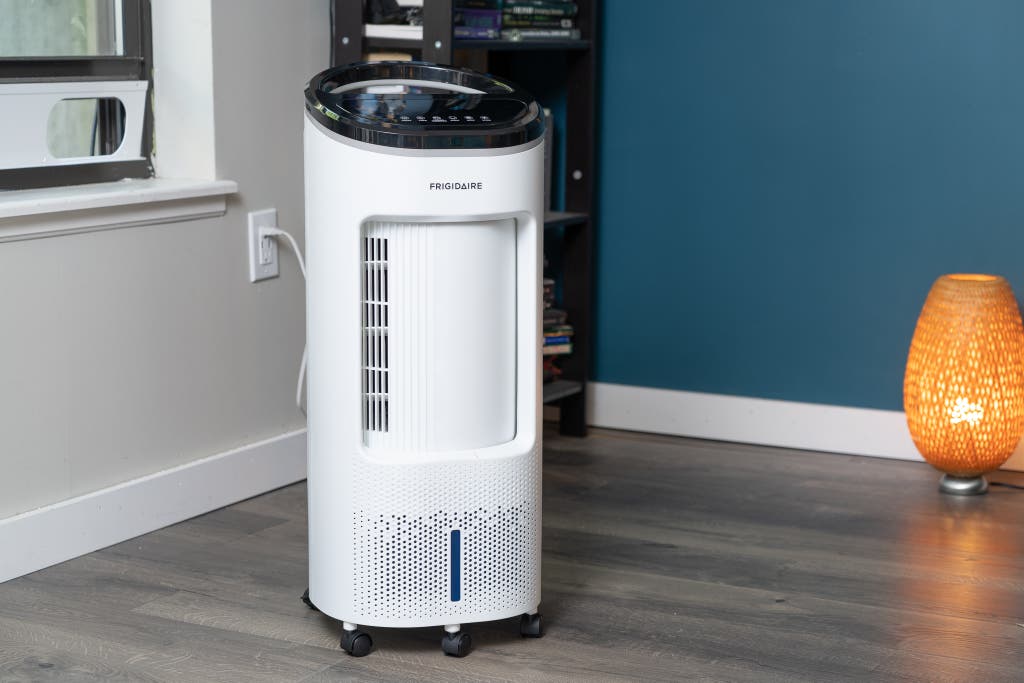
Evaporative coolers, also known as swamp coolers, are an eco-friendly alternative to traditional air conditioning systems, particularly in areas with dry, arid climates. These units work by using the natural process of evaporation to cool the air.
How it works: Evaporative coolers draw in warm air from outside, passing it over water-soaked pads. As the air moves through the wet pads, it cools down and is then circulated into the building.
Advantages: Swamp coolers consume much less energy compared to the classical AC. They are also nontoxic and environmentally friendly as they do not use harmful refrigerants. Besides, they can humidify the air and are advantageous in dry climatic conditions.
Considerations: The efficiency of evaporative coolers depends upon the relative humidity. They are more effective in dry and low-humidity regions and not recommended for regions having high humidity.
6. Geothermal Heat Pumps
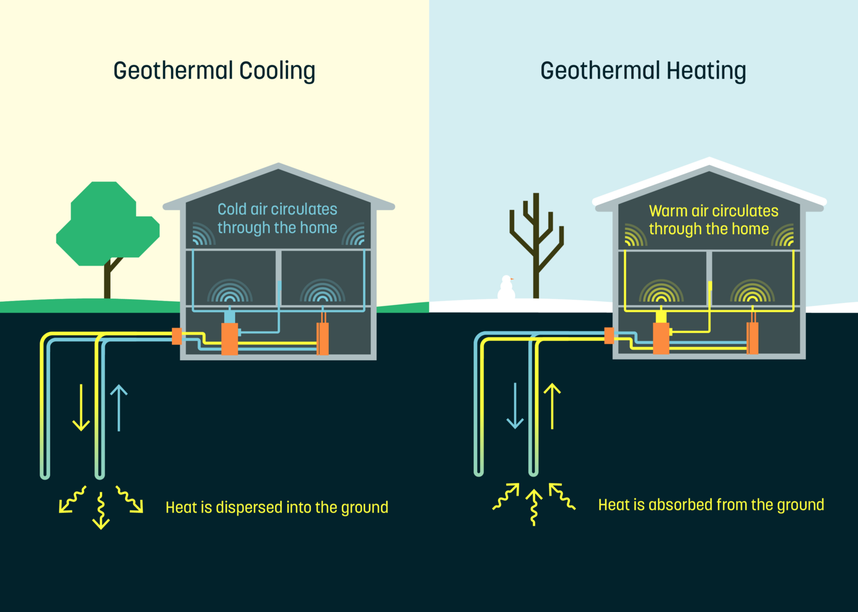
Geothermal heat pumps are innovative heating and cooling options that are versatile and energy-efficient. They work by taking advantage of the stable temperature of the earth below the surface.
It works by using underground pipes filled with water or refrigerant that absorb heat from the ground during the summer and release it in the winter. The system then uses a heat exchanger to transfer this energy to the building.
Advantages: Geothermal heat pumps are very energy-efficient because they use the earth’s natural heat rather than burning fuel to generate heat. They can be used for both heating and cooling, so they are a year-round solution.
Considerations: Installation of a geothermal system is expensive and requires digging or drilling to install the underground pipes. However, the long-term energy savings can make it a worthwhile investment.
Conclusion
Choosing the correct air conditioning system depends on various factors, which include the size of your space, climate, budget, and personal preferences. Whether you will go for central air conditioning or a ductless mini-split, the more portable ones, you must assess your needs and select one that offers you comfort and efficiency.
Knowing the type of air conditioner that you have will allow you to make the right choice so that your space can be cool, comfortable, and energy-efficient for years to come.
Frequently Asked Questions
1. What type of air conditioning system is best for a small apartment?
A window or portable air conditioner is ideal for small apartments due to their affordability and ease of installation. A ductless mini-split is another good option if you’re looking for efficiency and flexibility.
2. How do I know if I need a central air conditioning system?
Central AC is best for larger homes or spaces that require cooling in multiple rooms. If your home has ductwork, central air is a convenient and efficient option.
3. Can I use an evaporative cooler in a humid climate?
Evaporative coolers are most effective in dry climates. In humid areas, traditional air conditioning systems work better as swamp coolers lose efficiency in high humidity.
4. How much does it cost to install a central air conditioning system?
Installation costs for central AC range from $3,000 to $7,000, depending on home size and installation complexity. Costs can be higher if ductwork is needed.
5. Are portable air conditioners energy-efficient?
Portable air conditioners are less energy-efficient than central or mini-split systems, especially for cooling large spaces. They are better suited for smaller areas or temporary use.

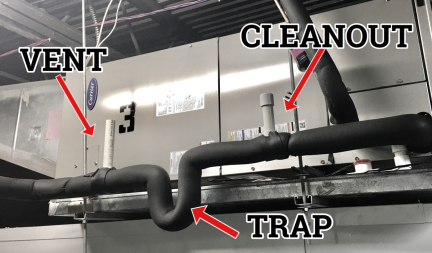
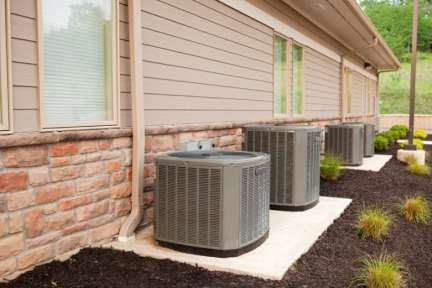

Leave a Comment